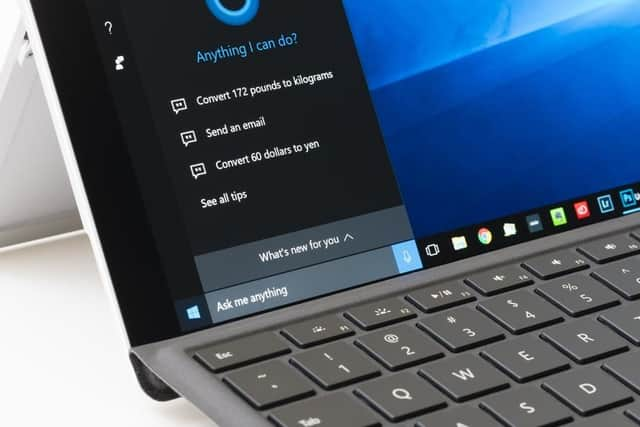How to patch the critical Windows 10 security flaw after NSA bug warning
The National Security Agency (NSA) divulged details of the exploit at a press conference on 14 January, and said that that the "serious vulnerability" could let hackers spy on users.
The NSA sent Microsoft an advisory on the threat, saying that not doing so would have meant "severe and widespread" consequences.
Here's everything you need to know:


What does the hack mean?
Advertisement
Hide AdAdvertisement
Hide AdMicrosoft said an attacker could exploit the new vulnerability by mimicking a certain code-signing certificate to make it appear as if a file came from a trusted source.
"The user would have no way of knowing the file was malicious, because the digital signature would appear to be from a trusted provider," the company said.
Once in, the attackers would have been able to conduct "man-in-the-middle attacks" and decrypt confidential information.
How do I update my PC?
After being tipped off by the NSA, Microsoft moved quickly to neutralise the threat, releasing a free software patch on the same day the flaw was revealed to fix the issue.
It is thought over 800 million devices make use of Windows 10, but Microsoft say they have not seen any evidence to suggest hackers have exploited the technique.
Most computers - those on which users have switch the automatic update option on - will get the fix automatically.
If you don't have that option enabled, you can get the update manually by heading to Windows Update in the settings menu.
What's the latest version of Windows?
Despite regular threats from hackers, some PC users don't even have the latest version of Windows installed, let alone the latest updates for that version.
Advertisement
Hide AdAdvertisement
Hide AdAlthough it was released over a decade ago and several newer options now exist, Windows 7 remains highly popular – around a quarter of all online users are estimated to still be using it.
But using the older OS is about to become unsafe because Windows 7 will no longer receive further updates or security patches.
This will leave Windows 7 users significantly more vulnerable to viruses and other malware.
Anyone still using Windows 7 should upgrade to a newer version, like Windows 10, to ensure they still enjoy the full compliment of security Microsoft has to offer.
By going to the Windows 10 Download page, users can upgrade their PC at no extra cost, so long as they already have a legal copy of Windows 7 or 8.
But many older devices may struggle to run Windows 10, and the system could slow them down to a potentially unusable degree.
Microsoft themselves have advised users to buy a new device rather than upgrading an old one.
"For most Windows 7 users, moving to a new device with Windows 10 will be the recommended path forward. Today's PCs are faster, lightweight yet powerful, and more secure, with an average price that's considerably less than that of the average PC eight years ago.”